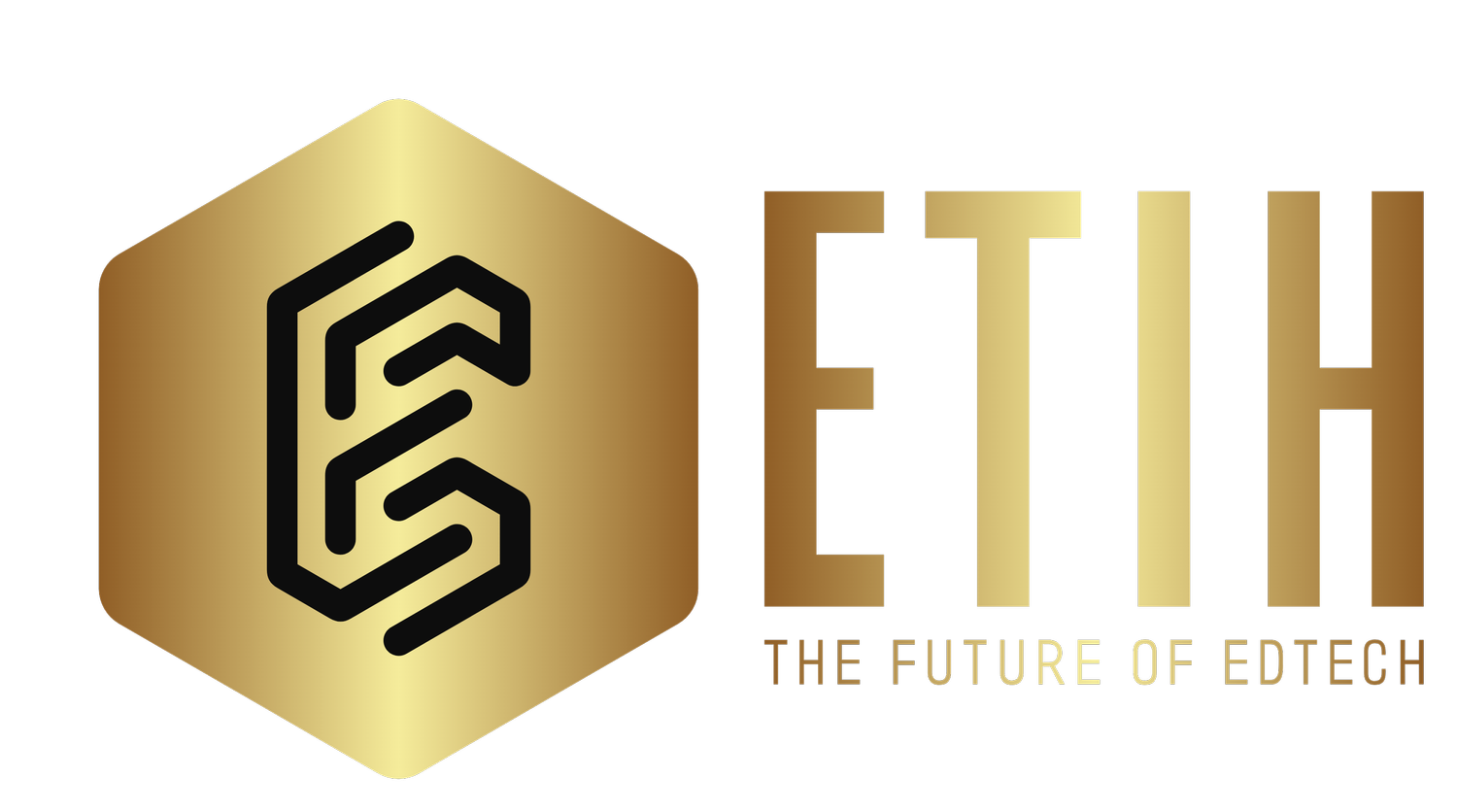Nottingham Trent University develops affordable Brainwave Reader to help MND patients communicate
Researchers at Nottingham Trent University (NTU) in the UK have developed a brainwave-reading device designed to help individuals with advanced Motor Neurone Disease (MND) and Completely Locked-in Syndrome communicate.
Affordable device uses AI to enable ‘yes’ or ‘no’ responses
The technology, which uses artificial intelligence to interpret brain signals, allows users to indicate ‘yes’ or ‘no’ without speech or eye movement.
The system works by detecting brain activity through three electroencephalogram (EEG) sensors placed on the head. Patients are asked to imagine two different scenarios, such as kicking a football for ‘yes’ and being trapped in a room with an elephant for ‘no.’ The brain signals associated with these thoughts are then processed by an AI algorithm, which converts them into digital signals displayed as answers on a screen.
Professor Amin Al-Habaibeh, an expert in intelligent engineering systems at NTU, initiated the project after witnessing the challenges faced by his brother-in-law, Naeem Radwan, who passed away from MND at age 38:
"This technology can allow people who are in the late stages of MND to communicate critical information when they are unable to even blink. It could be used for a variety of purposes, such as to communicate what a patient’s wishes may be, whether they are comfortable, if they would like any further medication, and more.
"Our aim is to make this technology affordable for organizations such as charities so that it can be used more widely by families or hospices, rather than as a commercial venture. By allowing better communication in the later stages of MND, it will also allow medical professionals to treat patients better and make key decisions that are in line with the patient’s wishes.”
He continued:
"With further research, we are confident that this approach could allow a patient to control a cursor on a computer screen, potentially with just four imaginations for up, down, left, and right. It may also be possible for this technology to be applied to mental health outputs, including detecting levels of stress."
Low-cost solution for greater accessibility
One of the key aims of the project was to make the device affordable. The hardware costs around £300, and NTU has made the research publicly available under a Creative Commons license, allowing charities and other organizations to use it without copyright restrictions.
The technology has a reported success rate of approximately 90% when the user can focus without distraction. It takes about ten attempts for the system to recognize an individual’s brain signal patterns.
The research team is exploring further applications for the system, including its potential to control a computer cursor using four distinct imagined movements. They also believe the technology could be used to monitor stress levels for mental health assessments.
Researcher Sharmila Majumdar, who worked on the project, said, "This technology has the potential to help dying people communicate when they are in an incredibly vulnerable state."
Dr. Ahmet Omurtag, a co-supervisor of the project at NTU, emphasized the broader implications of the research, stating, "Existing medical EEG devices tend to be expensive, so I think the capability to decipher people's thoughts using only a few sensors will continue to increase in value and find more applications."


























